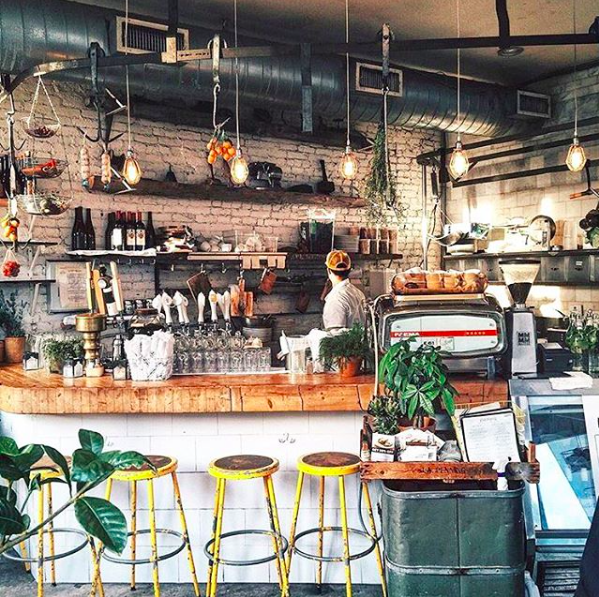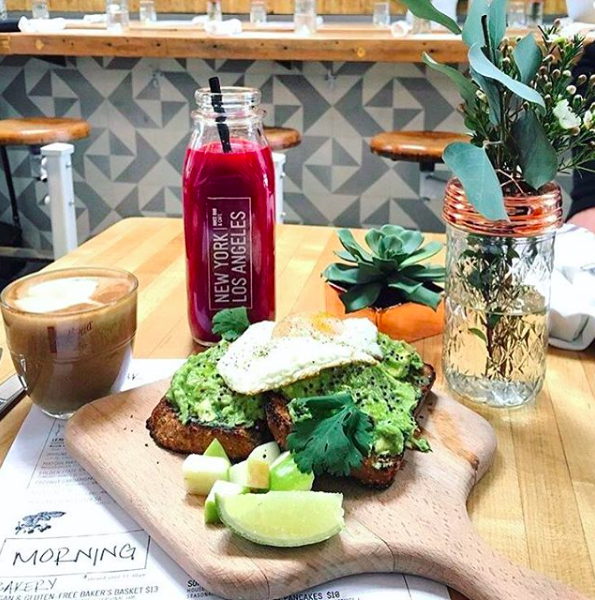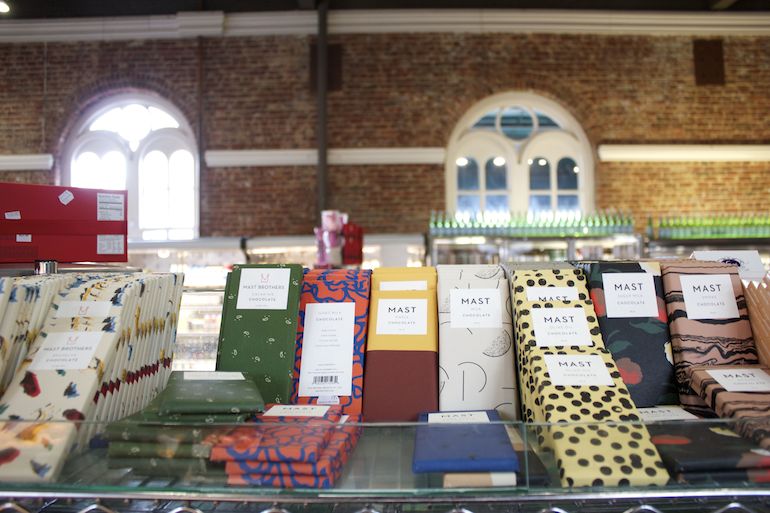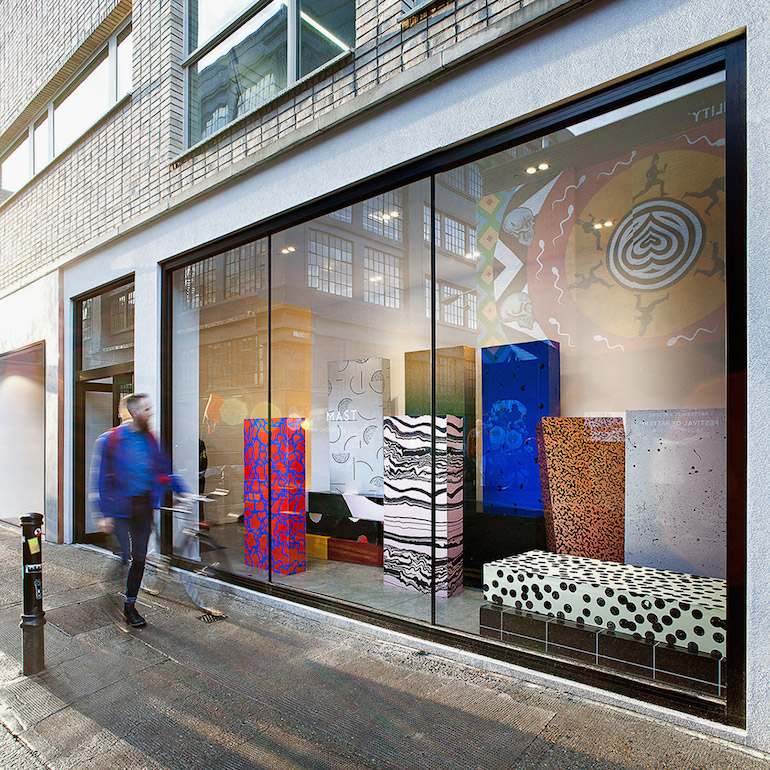You’re in the aisle at Whole Foods wondering, “Who in their right mind would pay $14.99 for a jar of almond butter?” Yet you find yourself reaching for it and placing it in your cart anyway. With a price that high, it has to be pretty good, right? We’ve all been there.
And for good reason. There’s something incredibly appealing about the craft-food movement. Tastefully designed labels (one glance at Justin’s Almond Butter and you’ll know what I’m talking about), identifications as “hand-crafted” and “home-brewed,” and not-too-contrived branding evoke a level of hipness that can only have derived from Brooklyn.

GIF courtesy of giphy.com
Restaurants like The Butcher’s Daughter, known for its gluten-free avocado toast and various vegetable juices, have garnered a reputation as hipster Havens due to their alternative clientele and their promises of fresh produce sourced locally (and for their ridiculously high pricing).

Photo courtesy of @thebutchersdaughter_official on Instagram
We associate many of these craft-food companies and restaurants with the hipster characters who own them, and it’s undeniable that food products today have taken on an appeal that extends far beyond their taste. They’re cool, the people who create them are presumably cool, and we all want in on the cool-ness.

Photo courtesy of @thebutchersdaughter_official on Instagram
And there’s really nothing wrong with that. We are part of a culture obsessed with the visual, and photo-centric social media creates a whole new realm for food marketing. To say we eat with our eyes first is almost comically understating things.
The reality is that branding can be incredibly deceptive. Last December, a Dallas food blogger named Scott Craig published a four-part series slamming Mast Brothers Chocolate, a company described in a Slate article as “a modern-day, hipster Willy Wonka factory.” Mast Brothers had gathered a cult following of its artisanal chocolate, which is crafted in Brooklyn by two full-bearded brothers. (We’re not making this up.)

Photo courtesy of mastbrothers.com
If you’ve been to an upscale grocery store or a boutique paper shop (the ones that sell greeting cards that cost more than your dinner), you’ve probably seen Mast Brothers Chocolate. The bars are usually perched on display tables like venerated masterpieces blessed by the chocolate gods.
They’re pretty hard to miss with their stunningly vibrant packaging, which has become indivisible from the chocolate itself and has transformed the bars into a status symbol. The chocolate is just pretty enough for you to convince yourself that the staggering $10 per bar price tag is totally worth it.

Photo by Natalie Beam
Craig (the blogger) accused the brothers of fraudulently claiming to be a bean-to-bar company, arguing that, in fact, they started out using re-melted chocolate. To an average chocolate consumer who will eat and enjoy any chocolate, re-melted or not (I’m talking about me), this doesn’t sound like that big of a deal. But apparently it is, and here’s why.
Mast Brother’s chocolate is expensive. But when the company first started selling, their bars were cheaper than a lot of bean-to-bar competitors. Basically, Craig argues that the brothers were getting credit for being bean-to-bar and attracting customers with their lower prices, while competitors who really were bean-to-bar (which apparently is an expensive production process) were unable to compete with the fraudulent product.

Photo courtesy of mastbrothers.com
Regardless of whether Craig’s claims are true or not (the Mast brothers have responded that while they did use re-melted chocolate in the experimental period of the company, they never lied about it) his arguments shed light on the superficiality of the hipster food movement and the danger in making assumptions about the pricey products that catch our eye in the store.
Anything that relies so heavily on its appearance is suspicious. Don’t get me wrong, I’m all for attractive branding and tasteful design, and there’s no reason a company should strive for anything less than that, but I’m also skeptical because, when it comes to food, claims to origin and process can be misleading.

GIF courtesy of giphy.com
With social media quantifying a company or restaurant’s success, it’s easy to be sucked into the hype, but these companies can be overrated. A snapshot of your corn juice at the Butcher’s Daughter may boost your Insta-foodie street cred, but the truth is that you can probably get a more “mainstream” meal elsewhere that tastes better, costs less, and isn’t corn juice.

